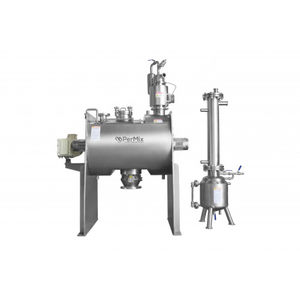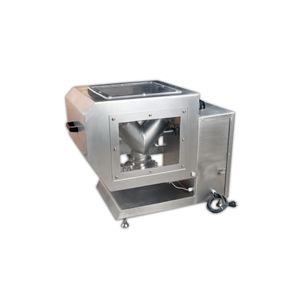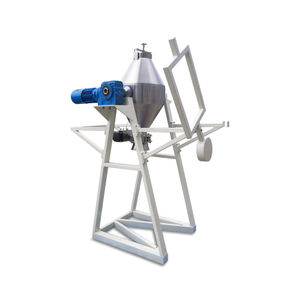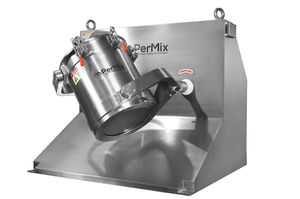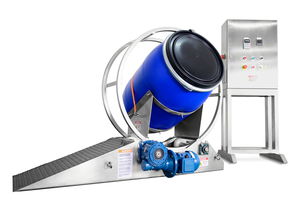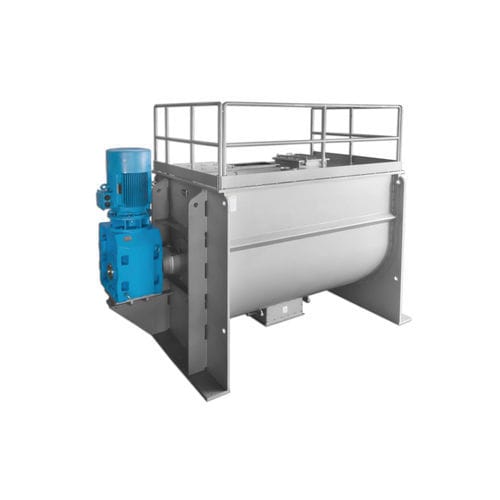
- Industrial machines and equipment
- Mixing and Dosing
- Fluidized bed mixer
- PerMix North America
- Products
- Catalogs
- News & Trends
- Exhibitions
Single-shaft mixer PFBSpaddlefluidized bedbatch







Add to favorites
Compare this product
Characteristics
- Technology
- paddle, fluidized bed
- Batch/continuous
- batch
- Product type
- solid/liquid, powder
- Applications
- for the food industry, for the chemical industry, for the pharmaceutical industry, for the cosmetics industry, construction
- Other characteristics
- high-speed, single-shaft
- Engine power
Max.: 132 kW
(179.47 hp)Min.: 2.2 kW
(2.99 hp)- Capacity
Max.: 18,000 l
(4,755.1 gal)Min.: 40 l
(10.57 gal)
Description
Replace Your Ribbon Mixers With A Single Shaft Fluidized Zone Mixer Without Changing Your Current Layout Configuration & Increase Production With Ease
The Fluidized Zone Mixer is a high-performance mixer that is designed for rapidly mixing ingredients together with no/low shear effect. What makes these models so popular is they allow users with old, out-of-date, inefficient ribbon mixers, to replace them with ease without disrupting the current production layout.
The trough of the Single Shaft Fluidized Zone Mixer uses the same trough of the ribbon mixer, yet incorporates the engineering & mixing features of the fluidized mixers. This allows mixing to be completed quicker, with ease, in seconds not minutes. Increasing production without the expense or time of re-designing the production area.
Here are two recently completed Single Shaft Fluidized Zone Mixers that were recently made for a company in Missouri. These mixers we designed according to their needs, which includes that large unit, a 10,000-liter unit, to be engineered for the top of the mixer to be a structural working platform. The smaller unit is a 1,500 liter unit. Both units are designed to mix a batch in 30-90 seconds.
VIDEO
Catalogs
Related Searches
- Dynamic homogenizer
- Batch homogenizer
- Liquid agitator
- Homogenizer for the food industry
- Agitator for the chemical industry
- Vertical agitator
- Stainless steel homogenizer
- Solid blender
- In-line mixer
- Powder blender
- Horizontal blender
- Solid/liquid homogenizer
- Agitator for the pharmaceutical industry
- Paddle agitator
- Homogenizer for the cosmetics industry
- Homogenizer
- Construction agitator
- Side-loading agitator
- Compact homogenizer
- Dynamic homogenizer
*Prices are pre-tax. They exclude delivery charges and customs duties and do not include additional charges for installation or activation options. Prices are indicative only and may vary by country, with changes to the cost of raw materials and exchange rates.









